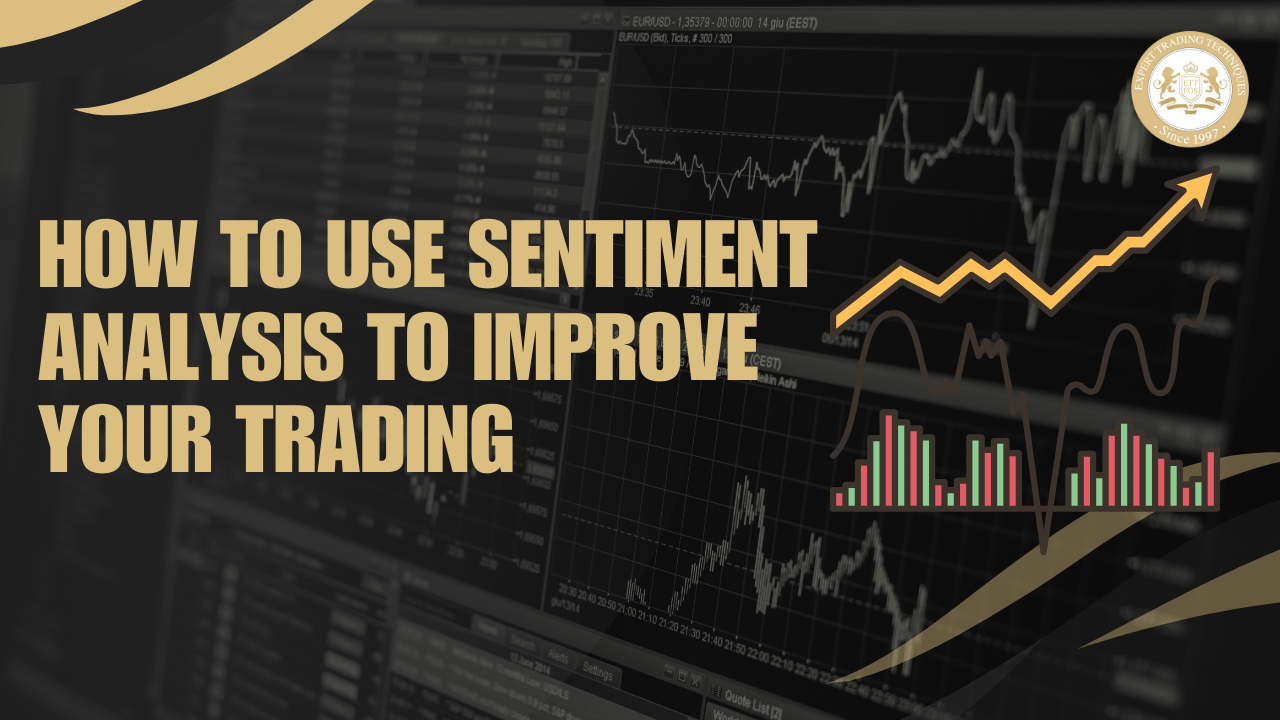
Understanding market sentiment can significantly boost your trading strategy. Sentiment analysis allows traders to gauge the mood and opinions of market participants, providing insights into potential price movements. By incorporating sentiment analysis, you can make better-informed decisions and improve your trading performance.
Sentiment analysis in trading involves evaluating market sentiment by analyzing the emotions, opinions, and attitudes expressed in various sources, such as news articles, social media, and financial reports. Traders use this analysis to gauge the overall mood of the market (bullish or bearish) and predict potential price movements. By incorporating sentiment data into their strategies, traders aim to make more informed decisions and improve their trading outcomes.
Imagine you’re a trader trying to decide whether to buy or sell a particular stock. You start by looking at the news, social media posts, and financial reports related to that stock.
By using sentiment analysis, you’re essentially tapping into the collective mood of the market to inform your trading decisions. This helps you anticipate price movements and make more informed trades.
Also Read – Most common mistakes traders make
Sentiment analysis is crucial for several reasons. Firstly, it has predictive power. By analyzing sentiment data, traders can anticipate market trends before they become evident through price movements. For example, a surge in positive sentiment on social media may indicate a forthcoming upward trend in stock prices.
Additionally, sentiment analysis enhances trading strategies by providing traders with more information to make informed decisions. It can complement technical analysis, confirming or challenging signals from technical indicators. For instance, if a bullish technical pattern is supported by positive sentiment data, the likelihood of a successful trade increases.
Sentiment analysis also helps in managing risk. By anticipating periods of high volatility, traders can adjust their risk management strategies accordingly. For example, heightened negative sentiment might signal increased volatility, prompting traders to use stop-loss orders more aggressively.
Check Out- Best Time Frame for Scalping Crypto
Check Out- Best Indicator for Option Trading in TradingView
To effectively use sentiment analysis in trading, consider these tips:
Gather data from a wide range of sources such as news articles, social media platforms, financial blogs, and forums to get a comprehensive view of market sentiment.
Invest in reliable sentiment analysis tools and platforms that can process large volumes of data accurately. Tools like Bloomberg Terminal, Thomson Reuters Eikon, and various sentiment analysis software can be helpful.
Pay attention to opinions from influential market players, analysts, and reputable financial news outlets. Their sentiment can significantly impact market movements.
Keep track of real-time sentiment to react quickly to market changes. Markets can shift rapidly based on breaking news or social media trends.
Look at historical sentiment data to understand how past sentiment has influenced market movements. This can help you identify patterns and make more informed predictions.
Use sentiment analysis alongside technical analysis and fundamental analysis. This comprehensive approach gives you a fuller picture of market conditions.
Develop methods to filter out noise and irrelevant information. Focus on high-quality, relevant data to make more accurate assessments.
Consider the broader market context. For example, sentiment during a market crash might be overwhelmingly negative, but this could present buying opportunities if you anticipate a recovery.
Keep abreast of major events (earnings reports, economic data releases, geopolitical events) that can significantly affect sentiment and market trends.
Regularly review the effectiveness of your sentiment analysis approach and adjust your strategy based on what works best. Markets evolve, and so should your analysis methods.
Check Out- The Best Amount to Start Crypto Trading
Incorporating sentiment analysis into your trading strategy can significantly enhance your ability to predict market movements and make informed decisions. By understanding market sentiment, using diverse and updated data sources, and integrating sentiment analysis with other forms of analysis, you can develop a more robust and effective trading approach. Start leveraging sentiment analysis today to stay ahead of the market and achieve your trading goals.
Sentiment analysis in trading is like eavesdropping on the market’s gossip. It involves analyzing data from news articles, social media posts, and financial reports to figure out how investors feel about a particular stock or the market. If you know the crowd is excited about a stock, you might jump in too, but if everyone’s gloomy, you might think twice before buying.
Think of sentiment analysis as your trading sixth sense. It gives you insights into the mood of the market. For example, if everyone on Twitter is raving about a tech stock, it might be worth checking out. But remember, even the best sixth sense isn’t foolproof—use it with other analyses.
Some of the popular sentiment analysis tools include:
Absolutely not! Relying on one source is like getting all your news from your quirky uncle’s Facebook page. Use a mix of news websites (Bloomberg, Reuters), social media (Twitter, Reddit), and specialized tools (StockTwits) to get a balanced view.
Here are some classic rookie mistakes:
They go together like peanut butter and jelly. Sentiment analysis can confirm your technical signals. For instance, if you spot a bullish pattern and sentiment is positive, it’s like getting a double thumbs-up. Conversely, if you see a bearish divergence with negative sentiment, it might be time to get cautious.
Absolutely, it can help with risk management. For example:
Think of sentiment analysis like checking the weather. You wouldn’t plan a beach day based on last week’s forecast, right? Update your analysis regularly—ideally daily or even in real-time if you can.
You May Also Like These,
Best Indicators for Scalping and How to Use Them
What is Scalping?
What Is Swing Trading
Stock Market Basics
What Is Crypto Trading
What is Intraday Trading
Best Financial News Websites for Traders
How to Find Stocks for Swing Trading
How to Create Trading Plan